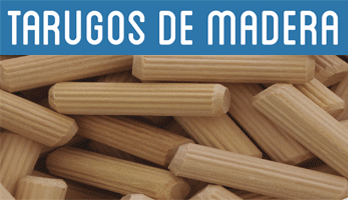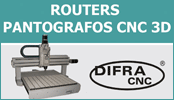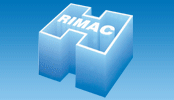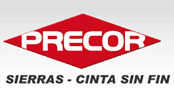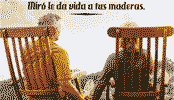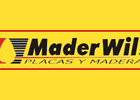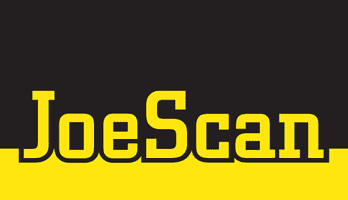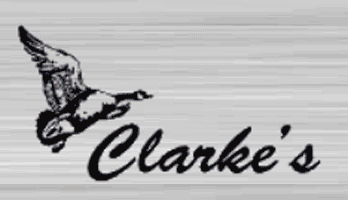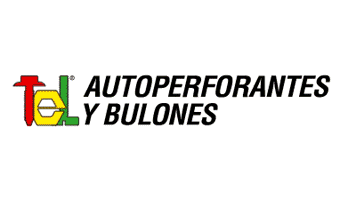.jpg)
New order is part of expansion and modernization project at Sanem site in Luxembourg
Kronospan plans on investing 330 million euros at its Sanem site in Luxembourg over the next four years. Before the planned new construction of a particleboard plant in the second project phase, the existing OSB plant will be partially refurbished and modernized.
The multi-opening plant, in operation since 1996, was one of the first OSB production plants in Western Europe. After more than 20 years of operation, it will be replaced by a continuous production line with CPS+. In addition to the press, the order also covers the forming station, the forming line, the finishing line (comprising a diagonal saw, large stack formation and large stack storage) as well as the conveyor technology, the filter systems and the press exhaust air treatment. The execution and supervision of the assembly are also included in the Dieffenbacher scope of supply.
This cutting-edge plant was planned entirely using 3D design tools. This allowed Dieffenbacher to fine-tune the plant structure to the conditions at the site, largely avoiding additional preparatory work for Kronospan. The contract was signed at the end of May, and commissioning is set for autumn 2018.
The project continues the long-standing collaboration between Dieffenbacher and Kronospan, especially in the area of OSB. Sanem will be the sixth OSB project completed by Dieffenbacher for Kronospan in less than 15 years. Kronospan also produces OSB panels using Dieffenbacher plants in Jihlava (Czech Republic), Riga (Latvia), Brasov (Romania), Mogilev (Belarus) and Strzelce Opolskie (Poland).
Para mayor informacion: http://dieffenbacher.vetas.com

TE PUEDE INTERESAR
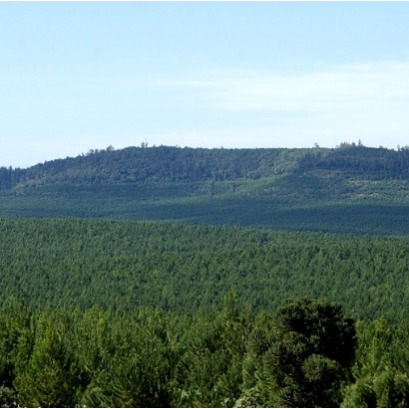 Seminario gratuito sobre la implementación del reglamento europeo EUDR en productos de madera libre de deforestación
Seminario gratuito sobre la implementación del reglamento europeo EUDR en productos de madera libre de deforestación
La Asociación Forestal Argentina (AFoA) organiza el seminario «EUDR en Productos Forestales: Estado actual de la implementación. Requisitos regulatorios y experiencias privadas», que se realizará el miércoles 26 de noviembre, de 11:00 a 12:00, por Zoom, con transmisión en vivo por YouTube. El Reglamento Europeo sobre Productos Libres de Deforestación (EUDR), entrará en vigor el 31 de diciembre de 2025 e impondrá nuevas exigencias para los productos forestales que ingresen al mercado de la Unión Europea.
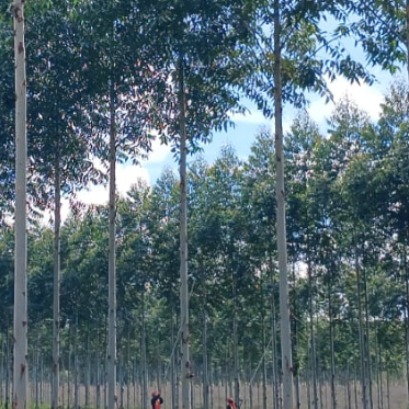 Paraguay | Las plantaciones se convirtieron en instrumentos de desarrollo territorial y de generación de empleo digno, destacan desde INFONA
Paraguay | Las plantaciones se convirtieron en instrumentos de desarrollo territorial y de generación de empleo digno, destacan desde INFONA
Plantaciones en distintas fases, control de hormigas y malezas, podas y raleos, cosecha mecanizada, tecnología aplicada al campo e integración completa del ciclo productivo formaron parte de la propuesta del CREA Forestal en su Jornada de Actualización Técnica – JAT Forestal 2025. El evento se realizó el viernes 14 de noviembre, en la Estancia Ñemity, ubicada en San Juan Nepomuceno, Caazapá, donde se encontraron productores agropecuarios, técnicos, contratistas, estudiantes y empresas del rubro para observar en acción el negocio forestal del futuro.
 Misiones | Nuevo apeo ilegal en el Parque Provincial Piñalito en San Pedro revela la expansión silenciosa de la deforestación en áreas protegidas
Misiones | Nuevo apeo ilegal en el Parque Provincial Piñalito en San Pedro revela la expansión silenciosa de la deforestación en áreas protegidas
El avance de la deforestación sobre áreas protegidas volvió a quedar en evidencia esta semana en el Parque Provincial Piñalito Sur, en San Pedro, donde el Ministerio de Ecología y Recursos Naturales Renovables confirmó un nuevo caso de tala ilegal selectiva. El hecho se produce en un contexto de creciente preocupación por la fragilidad del sistema de control ambiental en zonas rurales y fronterizas, donde la escasez de recursos, personal y logística limita la capacidad de vigilancia frente a organizaciones delictivas organizadas para robar maderas nativas y comercializar en el mercado negro en connivencia con dueños de aserraderos.






